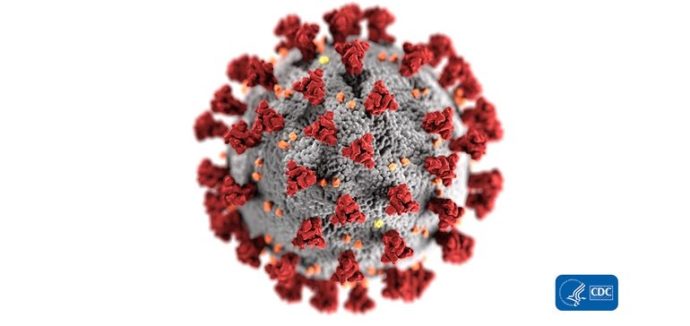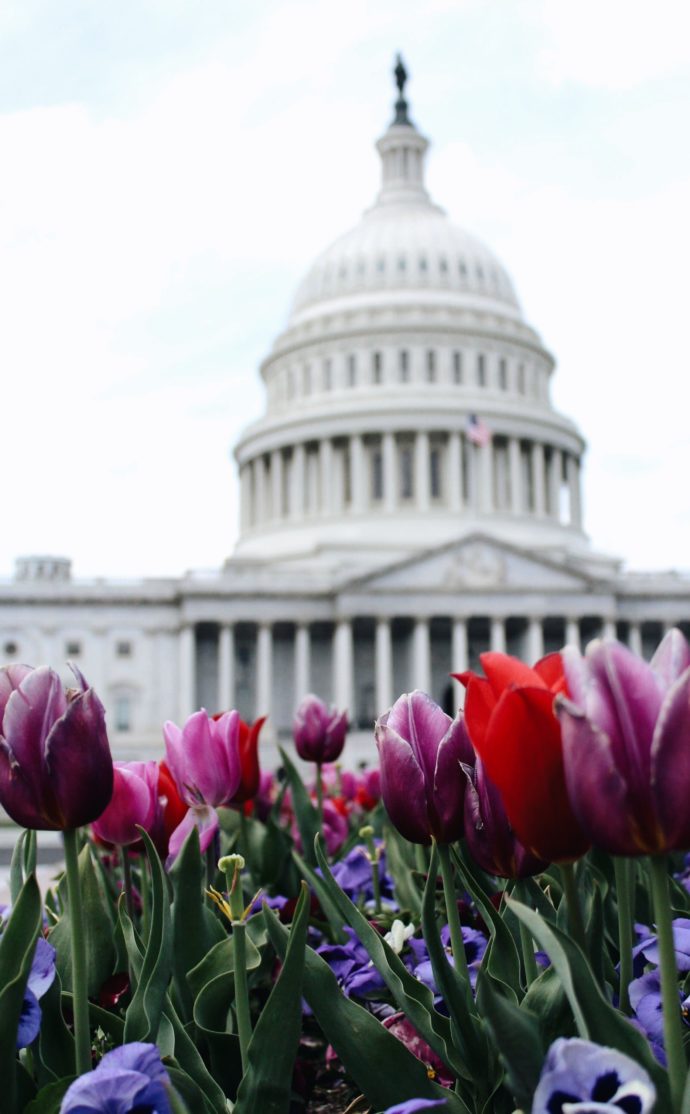Tuesday Tidbits
Following up on last Friday’s and Sunday’s posts on the President’s executive orders on drug pricing, here for greater perspective is a link to a Fierce Healthcare article offering the positions of the health insurance and PBM industry trade associations’ positions on the orders. Essential Hospitals lets us know that the text of the fourth international pricing index executive order has not yet been made public.
The Wall Street Journal reports that “Eastman Kodak Co. has won a $765 million government loan under the Defense Production Act, the first of its kind. The purpose: to help expedite domestic production of drugs that can treat a variety of medical conditions and loosen the U.S. reliance on foreign sources. * * * Kodak’s loan has terms similar to a commercial loan and must be repaid over 25 years, [Kodak CEO Jim] Continenza said. He said Kodak will produce “starter materials” and “active pharmaceutical ingredients” used to produce generic medicines. “We have a long, long history in chemical and advanced materials—well over 100 years,” Mr. Continenza said. He added that Kodak’s existing infrastructure allows the company “to get up and running quickly.”
On the COVID-19 front —
- Federal News Network informs us that
About 4,000 federal employees have filed workers’ compensation claims with the Labor Department due to COVID-19. 60 people have filed death claims. Labor projects COVID-19 claims among federal employees may reach 6,000 in the coming weeks. The department’s inspector general says the division that handles federal employee claims is anticipating a strain in resources due to demand and social distancing mandates. It has alternative staffing plans if COVID-19 compensation claims continue to surge. Labor says it’s accepted over 1,600 federal employees claims so far. Over 2,300 are unadjudicated.
- The Society for Human Resource Management brings us up to date on the Senate majority’s new $1 trillion COVID-19 relief bill, the HEALS Act.
- The Center for Medicare and Medicaid Services released “an early snapshot of the impact of the coronavirus disease 2019 (COVID-19) pandemic on the Medicare population. The data shows that older Americans and those with chronic health conditions are at the highest risk for COVID-19 and confirms long-understood disparities in health outcomes for racial and ethnic minority groups and among low-income populations.” A large cadre of the Medicare population of course is also enrolled in the FEHBP so this data is worth a gander.
- The National Institutes of Health announced the successful results of a double blind study of the Moderna / NIAID COVID-19 vaccine on non-human primates / rhesus macaques. As noted yesterday that vaccine entered phase 3 human trials this week.
In other news —
- Becker’s Hospital Review identifies the highest ranking hospital in each State as found in U.S. News and World Report.
- NPR discusses two new studies suggesting that the risk of Alzheimer’s disease can be reduced by taking flu and pneumonia vaccines.
- HHS’s Office for Civil Rights (“OCR”) which enforces the HIPAA Privacy and Security Rules announced that “Lifespan Health System Affiliated Covered Entity, a non-profit health system based in Rhode Island, has agreed to pay $1,040,000 to the OCR and to implement a corrective action plan to settle potential violations of the Health Insurance Portability and Accountability Act (HIPAA) Privacy and Security Rules related to the theft of an unencrypted laptop [thereby evidently allowing access to protected health information on over 20,000 patients in 2017].





